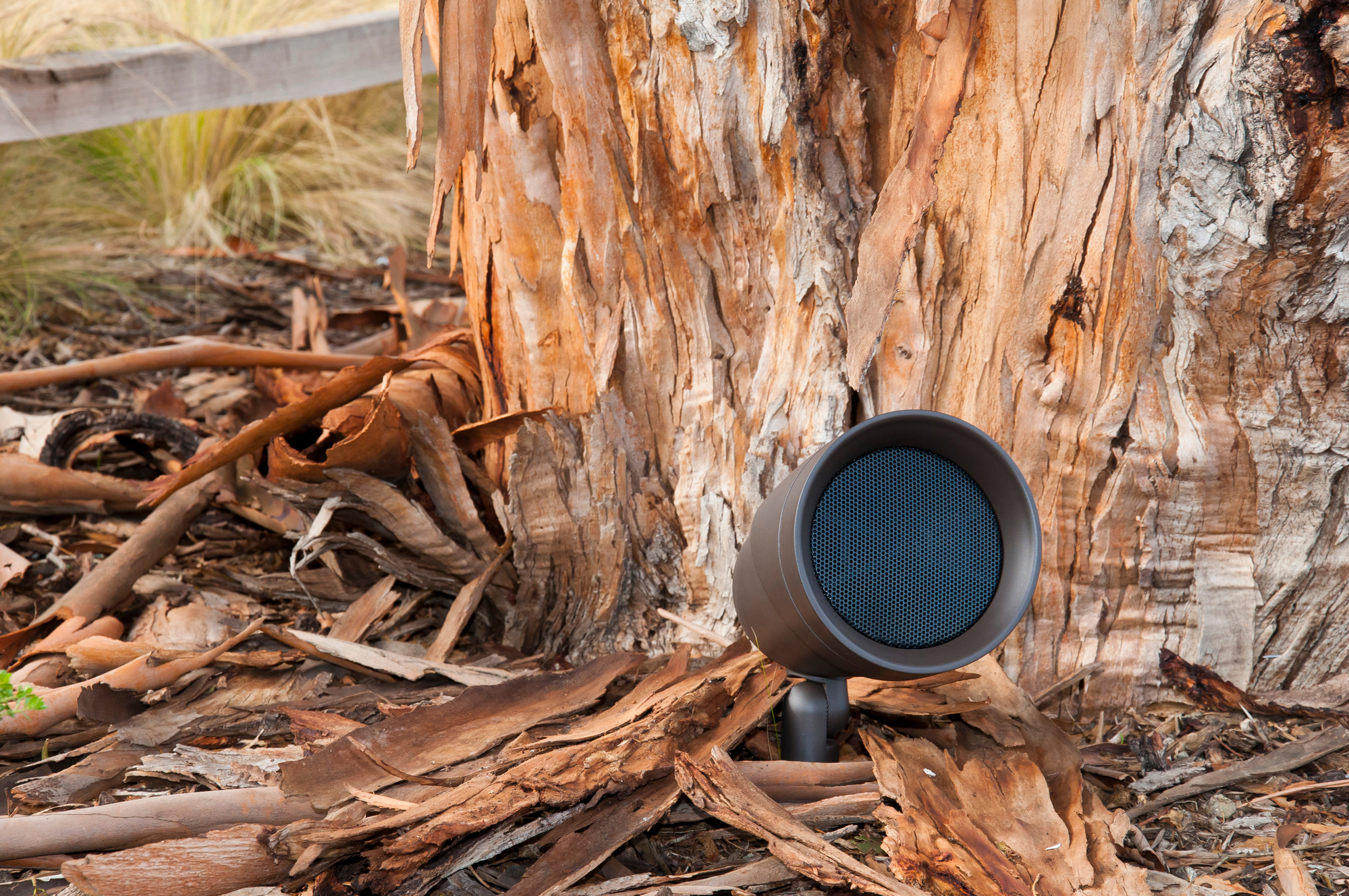4 Must-Have Components of a Strong Home Network
When you're building a network for a connected home, you need more than just an Ethernet cable connected to the wall. If you want to use your home networking system for smart control, smartphones, computers, and media streaming, you're going to need a lot more than that. You're going to need a comprehensive solution that offers strong, reliable coverage in every corner of your space.
How can you build that type of network? By finding the best equipment possible and installing it in a strategic way. Below we take a look at the components you should include in your system and how they affect your network's performance.
See More: Is Your Network Equipped to Handle a Connected Home?
Modems
In most instances, the first piece of hardware you need is a modem to convert analog signals to digital so your router can read the signals. It communicates directly to your internet service provider (ISP) to receive both your internet and cable signals. As opposed to their dial-up or DSL predecessors, most modems today are cable modems with coaxial connections. These modern variations can also serve as routers, which we will discuss in the following section.
Router/Access Point
Your routers and access points will be the central point of your home networking system. In the simplest terms, they take the signal from your modem and amplify it throughout your home through a wired (router) or wireless (access point) connection. These should be located near devices that require internet access and away from those that may cause interference like a cell phone booster or microwave.
You also want both of these to come with dual-bandwidths to help regulate traffic, and with large bandwidth capabilities so you can share large amounts of data quickly and efficiently. The latter is especially important if you expect to stream any HD or Ultra HD content.
Switches
Switches are practically your home networking system's power outlets. This is where you're going to plug in the Ethernet cables that link to your computer, gaming device or speakers. Many times these are already included in your general router, but external switches also serve an important function. With the right strategic placement, they can extend your signal to rooms throughout your home.
Cables
Your routers, switches, and access points are only as strong as their connections. You need to invest in quality cables to ensure messages makes it intact to their end point. Most legacy systems typically use CAT 5 Ethernet cables, but for a home networking system with many moving parts, we encourage CAT7 cables.
With much stronger shielding, CAT7 cables offer lower resistance and higher durability. This lets your signal travel farther without a loss in strength, perfect for hardwired home networking systems expected to cover a large area.
Make sure you're getting the best quality equipment possible every step of the way with the help of the expert integrators at Relative Home Systems. With more than fifteen years of experience, we only work with the best companies in the industry. We recognize your needs and find the solution that best suits you. Are you interested in upgrading your network? Fill out our online contact form or call us at 281-537-7373.


